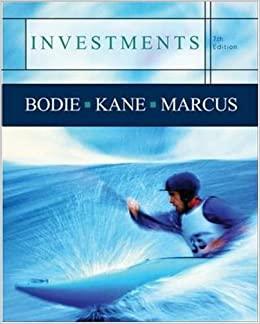
Question 3 Prepare a stock valuation analysis for BFM Corp using a five-year financial statement forecast (Q3 Report), a template for the analysis (Q3 DCF), and the following information: - The valuation date is June 30, 2021. The most recent historical fiscal year ended on December 31, 2020. Assume 360 days in a year for any date calculations. - The firm has 650,000 shares outstanding as of June 30, 2021. - Assume the risk-free rate is 1%, market risk premium is 6%, and stock beta is 0.9. - Assume a tax rate of 35% when calculating the WACC and in all forecasted years. - You expect the firm's free cash flows after 2025 will grow at a rate of 3% per year. Alternatively, you expect that these cash flows to be valued at 15 times EBITDA in the final projected forecast year. - Estimate the cost of debt as historical interest expense divided by total interest-bearing debt. Use values from fiscal year 2020 for this calculation. - When calculating the debt to capital ratio, use values from fiscal year 2020. - When backing out equity value from enterprise value, use debt and cash balances from fiscal year 2020. - Set up the analysis to allow for either year-end discounting or mid-period discounting. - Set up the analysis to allow the terminal value calculation to be based on either a terminal growth rate or an EBITDA exit multiple. - Create a sensitivity analysis to examine the impact on the estimated equity value of variation in the WACC and terminal value factor. For the WACC and terminal growth rate, set up 7 values (3 above and 3 below the baseline assumption values) using increments of 0.25%. For the exit multiple, set up 7 values (3 above and 3 below the baseline exit multiple assumption) using increments of 1. Share price, baseline assumptions (no answer check) ($) $0.00 Question 3 Prepare a stock valuation analysis for BFM Corp using a five-year financial statement forecast (Q3 Report), a template for the analysis (Q3 DCF), and the following information: - The valuation date is June 30, 2021. The most recent historical fiscal year ended on December 31, 2020. Assume 360 days in a year for any date calculations. - The firm has 650,000 shares outstanding as of June 30, 2021. - Assume the risk-free rate is 1%, market risk premium is 6%, and stock beta is 0.9. - Assume a tax rate of 35% when calculating the WACC and in all forecasted years. - You expect the firm's free cash flows after 2025 will grow at a rate of 3% per year. Alternatively, you expect that these cash flows to be valued at 15 times EBITDA in the final projected forecast year. - Estimate the cost of debt as historical interest expense divided by total interest-bearing debt. Use values from fiscal year 2020 for this calculation. - When calculating the debt to capital ratio, use values from fiscal year 2020. - When backing out equity value from enterprise value, use debt and cash balances from fiscal year 2020. - Set up the analysis to allow for either year-end discounting or mid-period discounting. - Set up the analysis to allow the terminal value calculation to be based on either a terminal growth rate or an EBITDA exit multiple. - Create a sensitivity analysis to examine the impact on the estimated equity value of variation in the WACC and terminal value factor. For the WACC and terminal growth rate, set up 7 values (3 above and 3 below the baseline assumption values) using increments of 0.25%. For the exit multiple, set up 7 values (3 above and 3 below the baseline exit multiple assumption) using increments of 1. Share price, baseline assumptions (no answer check) ($) $0.00







